The Kaufmann Anti-Fungal Diet
Doug Kaufmann, the author of “The Fungus Link,” created the anti-fungal diet to minimize what he calls “fungal foods”. These foods can throw off the delicate balance of good bacteria and promote the growth of bad bacteria and other pathogens, such as fungus. According to Kaufmann, his “fungal” theory is controversial and, as of 2014, there is no evidence to support the idea that diet leads to fungal overgrowth throughout the body.
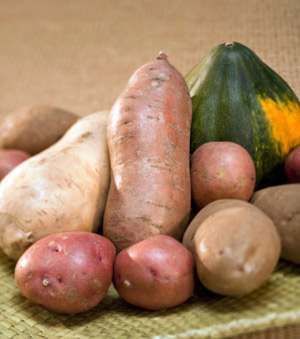 He theorizes that a link exists between the epidemic of modern diseases, such as obesity and Type 2 diabetes, and a diet high in refined carbohydrates and processed foods. He postulates that a diet high in sugary foods promotes the growth of harmful bacteria and fungus. The solution, according to Kaufmann’s theory, is to adopt a diet low in added sugar and processed foods, which won’t promote fungal and bacterial overgrowth. The anti-fungal diet encompasses three phases, the first phase being the strictest. During the second phase, you reintroduce certain foods such as starchy vegetables and fruits. During the third phase, you stick to a diet low in sugar.
He theorizes that a link exists between the epidemic of modern diseases, such as obesity and Type 2 diabetes, and a diet high in refined carbohydrates and processed foods. He postulates that a diet high in sugary foods promotes the growth of harmful bacteria and fungus. The solution, according to Kaufmann’s theory, is to adopt a diet low in added sugar and processed foods, which won’t promote fungal and bacterial overgrowth. The anti-fungal diet encompasses three phases, the first phase being the strictest. During the second phase, you reintroduce certain foods such as starchy vegetables and fruits. During the third phase, you stick to a diet low in sugar.
Kaufmann recommends sticking to fresh, whole foods as much as possible. Phase one includes eggs, fish, poultry, meat, non-starchy vegetables, most nuts and seeds, and healthy oils such as flaxseed, olive oil and walnut oil. This phase also includes yogurt, cream cheese and sour cream from grass-fed cows, as well as green apples, berries, grapefruit, lemon, avocado and limes, which are low-sugar fruits.
Kaufmann recommends choosing free-range poultry and wild-caught fish. The anti-fungal diet excludes foods with added sugar, potatoes, yams, peas and legumes because they’re starchy. It also excludes all grains, which includes wheat, rice, oats, quinoa, corn, buckwheat, barley, pasta and amaranth. “Yeast” foods, such as bread, mushrooms and alcoholic beverages are also excluded. Phase one also excludes peanuts, because they’re classified as legumes, pistachios because they’re commonly contaminated with fungus, pickles, refined oils, soda, and coffee. Kaufmann recommends following phase one of the anti-fungal diet for 30 days, then reintroducing otherwise nutritious foods such as legumes and mushrooms in phase two.
 As a permanent lifestyle change, Kaufmann recommends eating a nutritious diet rich in fruits, vegetables, lean meats and other whole foods, while keeping processed foods and added sugar to a minimum. The recommendation to increase your fruit and vegetable consumption and cut back on processed foods and added sugar is echoed by mainstream nutrition experts. The average American consumes 23 teaspoons of added sugar, according to the Center for Science in the Public Interest. That amount is significantly higher than the six and nine teaspoon limits recommended by the American Heart Association for men and women, respectively.
As a permanent lifestyle change, Kaufmann recommends eating a nutritious diet rich in fruits, vegetables, lean meats and other whole foods, while keeping processed foods and added sugar to a minimum. The recommendation to increase your fruit and vegetable consumption and cut back on processed foods and added sugar is echoed by mainstream nutrition experts. The average American consumes 23 teaspoons of added sugar, according to the Center for Science in the Public Interest. That amount is significantly higher than the six and nine teaspoon limits recommended by the American Heart Association for men and women, respectively.
Before starting the anti-fungal diet, it is highly recommended and advised that you consult your doctor, as there can be certain foods and substances that your body will require or might reject. So to be on the safe side, it is best to pay a visit to your doctor or nutritionist before trying and extreme diet. This diet is not suitable for those who are pregnant or nursing as well for those who have kidney problems.

 Subscribe Now
Subscribe Now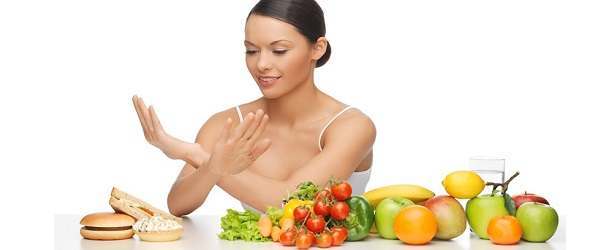

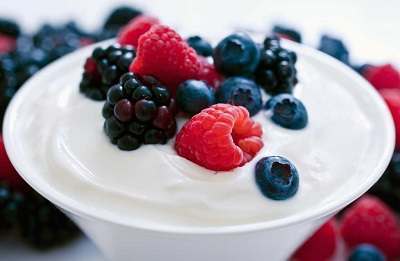 It is children who are prone to having fungal infections, especially if they are living in a hot and humid climate. A fungal infection can also be caused by taking antibiotics.
It is children who are prone to having fungal infections, especially if they are living in a hot and humid climate. A fungal infection can also be caused by taking antibiotics. 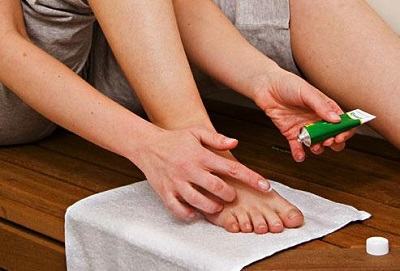 Most cases of ringworm are mild and can be treated with over-the-counter medicines. The purpose of these ointments is to get rid of the infection and to prevent the ringworm from spreading to other parts of the body. Antifungal creams, such as terbinafine, clotrimazole, econazole, ketoconazole, and miconazole, are specifically designed to clear skin fungal infections. While these pharmaceutical treatment options may prove to be effective, the side effects can often make sufferers feel even worse. Herbal remedies are the safest and the best option for treating children. It is possible to make an anti-fungal rinse at home and it is highly beneficial for children. One can use peppermint, lavender or
Most cases of ringworm are mild and can be treated with over-the-counter medicines. The purpose of these ointments is to get rid of the infection and to prevent the ringworm from spreading to other parts of the body. Antifungal creams, such as terbinafine, clotrimazole, econazole, ketoconazole, and miconazole, are specifically designed to clear skin fungal infections. While these pharmaceutical treatment options may prove to be effective, the side effects can often make sufferers feel even worse. Herbal remedies are the safest and the best option for treating children. It is possible to make an anti-fungal rinse at home and it is highly beneficial for children. One can use peppermint, lavender or 
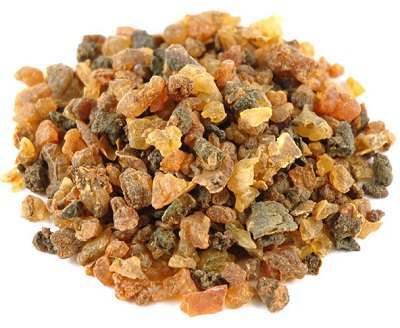 Along with a low-sugar diet and probiotics, antifungals are one of the three crucial elements of any successful fungal infection treatment plan. There are a number of natural antifungals that you can take in supplement form or even add to your diet. These work by breaking down the cell walls of the fungi and are an important part of your diet. Some of the anti-fungal supplements that are prescribed most of the time are turmeric, myrhh, balck walnut, thyme, poke, paracress, pau d’arco and echinacea.
Along with a low-sugar diet and probiotics, antifungals are one of the three crucial elements of any successful fungal infection treatment plan. There are a number of natural antifungals that you can take in supplement form or even add to your diet. These work by breaking down the cell walls of the fungi and are an important part of your diet. Some of the anti-fungal supplements that are prescribed most of the time are turmeric, myrhh, balck walnut, thyme, poke, paracress, pau d’arco and echinacea. Apart from the above mentioned anti-fungal supplements there a few more supplements that are beneficial in
Apart from the above mentioned anti-fungal supplements there a few more supplements that are beneficial in 
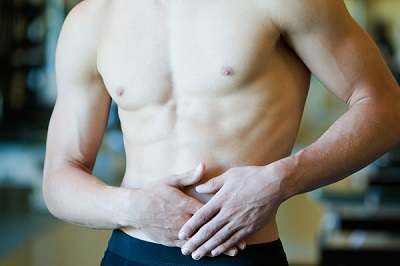
 Fortunately, most cases of jock itch can be treated with over-the-counter remedies.
Fortunately, most cases of jock itch can be treated with over-the-counter remedies.
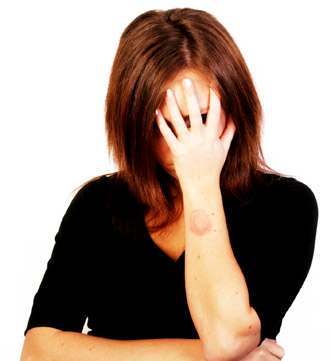
 Tinea capitis, also known as ringworm of the hair is a cutaneous fungal infection of the scalp. The disease is primarily caused by dermatophytes in the trichophyton and microsporum genera that invade the hair shaft.
Tinea capitis, also known as ringworm of the hair is a cutaneous fungal infection of the scalp. The disease is primarily caused by dermatophytes in the trichophyton and microsporum genera that invade the hair shaft.
 One should remember that if there is a course of antibiotics that is required, you should complete the entire course and not discontinue it before the course of treatment has come to an end. That increases the chances of the infection returning and possibly in a more malignant form. Although antibiotics are meant to treat bacteria, there are certain bacteria that are resistant to antibiotics and can cause another infection. Once the relapse occurs, it is very difficult to treat the infection.
One should remember that if there is a course of antibiotics that is required, you should complete the entire course and not discontinue it before the course of treatment has come to an end. That increases the chances of the infection returning and possibly in a more malignant form. Although antibiotics are meant to treat bacteria, there are certain bacteria that are resistant to antibiotics and can cause another infection. Once the relapse occurs, it is very difficult to treat the infection. One such example of bacteria that has become resistant to drugs is methicillin-resistant Staphylococcus aureus, also known as
One such example of bacteria that has become resistant to drugs is methicillin-resistant Staphylococcus aureus, also known as 
 Dead skin cells, toe nails, finger nails and hair contain
Dead skin cells, toe nails, finger nails and hair contain 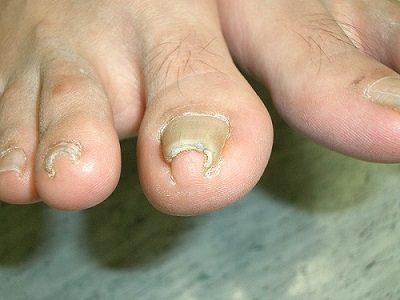 It is also known by the name tinea unguium or onychomycosis. It is estimated that around 10% of the population is affected by this form of infection. In its milder form, it can lead to the discoloration of the nails. In more severe cases, it can lead to nail deformity as well as to the crumbling of the nails.
It is also known by the name tinea unguium or onychomycosis. It is estimated that around 10% of the population is affected by this form of infection. In its milder form, it can lead to the discoloration of the nails. In more severe cases, it can lead to nail deformity as well as to the crumbling of the nails.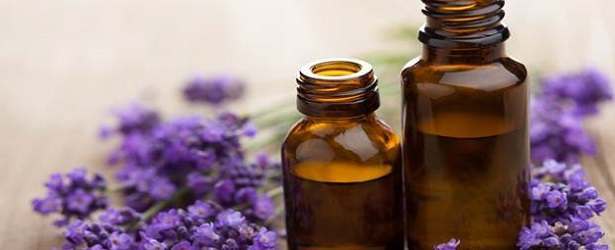
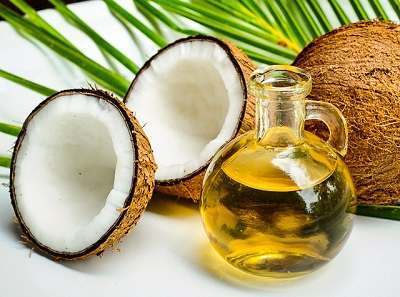 Lemon Grass Oil– This oil was used in ancient times in countries like China and India. It is used to treat various medical conditions. Since it has anti-bacterial and anti-septic properties, it is a good oil to try. In order to treat ringworm infections, there are three ways to use this oil. One can apply a paste made from the plant on the affected area. It can also be used as an oil, and it is advisable to mix it with oils like almond or jojoba oil. It can also be consumed in the form of tea. If you choose to use this extract as an oil or paste, you should rub it in two to three times a day until it completely cures the infection.
Lemon Grass Oil– This oil was used in ancient times in countries like China and India. It is used to treat various medical conditions. Since it has anti-bacterial and anti-septic properties, it is a good oil to try. In order to treat ringworm infections, there are three ways to use this oil. One can apply a paste made from the plant on the affected area. It can also be used as an oil, and it is advisable to mix it with oils like almond or jojoba oil. It can also be consumed in the form of tea. If you choose to use this extract as an oil or paste, you should rub it in two to three times a day until it completely cures the infection. Tea Tree Oil – This form of oil is widely used to treat a lot of infections like a sore throat, colds, nail fungal infection, athlete’s foot, vaginal infections and ringworm. This oil works for so many conditions because it is anti-viral, anti-fungal, anti-septic and anti-microbial. This oil can only be used topically and should not be taken orally. To treat ringworm infections, use this oil two to three times a day and until the infection is completely treated.
Tea Tree Oil – This form of oil is widely used to treat a lot of infections like a sore throat, colds, nail fungal infection, athlete’s foot, vaginal infections and ringworm. This oil works for so many conditions because it is anti-viral, anti-fungal, anti-septic and anti-microbial. This oil can only be used topically and should not be taken orally. To treat ringworm infections, use this oil two to three times a day and until the infection is completely treated.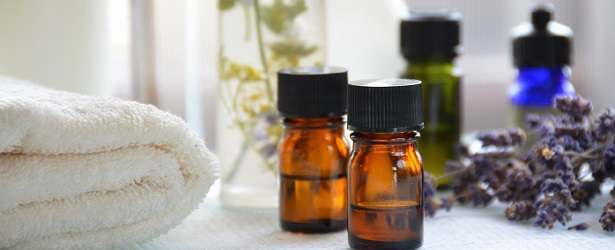
 This oil is used to treat dandruff, as it maintains the oil and moisture balance of the scalp. It is the lack of both these things that result in dandruff. You can blend it with another oil before using it on your head and it can be put in bath water. One can blend the oil with essential oils of Clary Sage, Clove, Geranium, Lavandin, Lavender, Marjoram, Nutmeg, Oakmoss, Pine, Rosemary and
This oil is used to treat dandruff, as it maintains the oil and moisture balance of the scalp. It is the lack of both these things that result in dandruff. You can blend it with another oil before using it on your head and it can be put in bath water. One can blend the oil with essential oils of Clary Sage, Clove, Geranium, Lavandin, Lavender, Marjoram, Nutmeg, Oakmoss, Pine, Rosemary and  Histamine is a condition that cause a really bad spell of coughing and this oil is believed to treat this condition, as it reduces the histamine production in the body. This oil is also used to treat various allergies, since allergies are a reaction to certain foreign elements of the body. This oil is helpful in reducing the appearance of scars by promoting the growth of new cells and it protects existing wounds from further infections. Since it promotes the growth of new cells, it is even used to heal the wounds and is given to patients who suffer from serious injuries, like after a major surgery or accident.
Histamine is a condition that cause a really bad spell of coughing and this oil is believed to treat this condition, as it reduces the histamine production in the body. This oil is also used to treat various allergies, since allergies are a reaction to certain foreign elements of the body. This oil is helpful in reducing the appearance of scars by promoting the growth of new cells and it protects existing wounds from further infections. Since it promotes the growth of new cells, it is even used to heal the wounds and is given to patients who suffer from serious injuries, like after a major surgery or accident.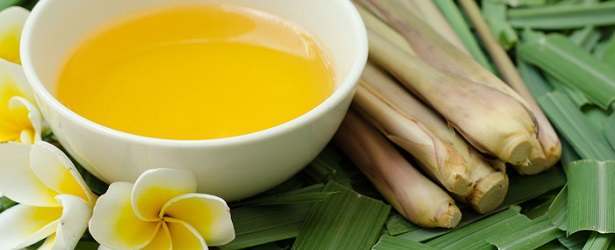
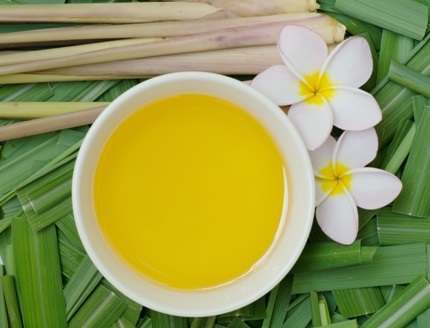 The oil is an antibacterial, antidepressant, antiseptic, antispasmodic, anti-inflammatory substance. It is also used as a deodorant, insect repellent, stimulant, tonic and vermifuge. It is also used to flavor foods and there are many medical benefits that are listed here.
The oil is an antibacterial, antidepressant, antiseptic, antispasmodic, anti-inflammatory substance. It is also used as a deodorant, insect repellent, stimulant, tonic and vermifuge. It is also used to flavor foods and there are many medical benefits that are listed here. This oil is good for those suffering from depression and provides relief from depression,
This oil is good for those suffering from depression and provides relief from depression,